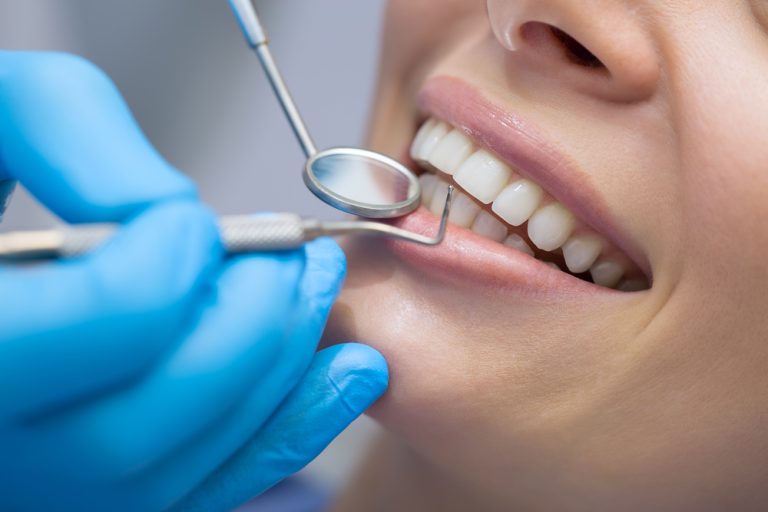Dental veneers are specially designed shells that improve the appearance of the front surface of teeth. They are also sometimes referred to as porcelain veneers or dental porcelain laminates. Dental veneers are very thin, and are rising in popularity as a cosmetic dental procedure.
What Do Dental Veneers Do?
Dental veneers can change the color, length, shape, or size of a tooth. The veneer shell is designed imitating the teeth of the wearer.
Dental veneers can fix cosmetic issues some people experience. Tooth discoloration is a common problem dental veneers fix. If your teeth are discolored or changed beyond regular treatment due to root canal fixing, tetracycline stains, or resin fillings, you can use dental veneers to change the appearance of your teeth to a brighter and healthier look.
Dental veneers are also used to treat physical damage to the teeth, such as chipping, breaking, and being worn down. Dental veneers can also treat teeth misalignment, irregularly shaped teeth, and gap teeth.
Material

Dental veneers are made from two different materials: porcelain or resin composites. Porcelain veneers are more popular and recommended by dentists because the material is more stain resistant. Porcelain is also better at imitating the look of natural teeth. You can discuss the material that’s best for you with your dentist.
How to Get a Dental Veneer
Dental veneers are an advanced form of dental cosmetic treatment. You will have to visit a dentist at least three times to get veneers. You will have to choose a very reputable dental clinic as well, such as Vibrant Dentistry Mesa, because the procedure requires a high degree of skill.
First, you will have to consult with a dentist to discuss veneers. The dentist will assess your situation and determine if dental veneers are the right treatment for your condition. If found to be so, the dentist will X-ray your teeth and make impressions to custom design the veneers for you. These “measurements” will be sent to a lab to design the porcelain veneers.
When the veneers arrive, your dentist will apply them to your teeth. The dentist will first remove a very thin layer, about half a millimeter, of enamel off the surface of the affected teeth. The veneer will be temporarily placed on the enamel to make sure it fits. The fitted veneers will then be permanently replaced.
Pros and Cons of Dental Veneers
The main advantage of dental veneers is that they can permanently improve the appearance of a tooth. Porcelain is stain resistant. Porcelain veneers can last for years, and do not require frequent dental visits. Unlike many other types of attachments, gum tissue tolerates porcelain well too.
As for disadvantages, you should know that the procedure is irreversible. Porcelain veneers can be a bit costly too. Because a layer of enamel is removed, there’s a chance of teeth becoming more sensitive as well.
There’s a chance that your veneers could dislodge. But this is very rare. Porcelain veneers are a very resilient cosmetic dental procedure.
















